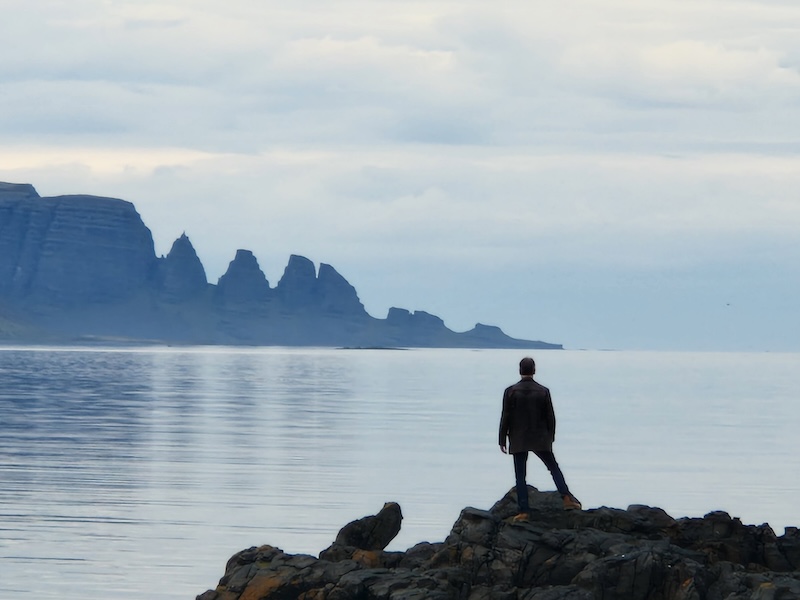Slow travel in the Westfjords will reinvigorate you
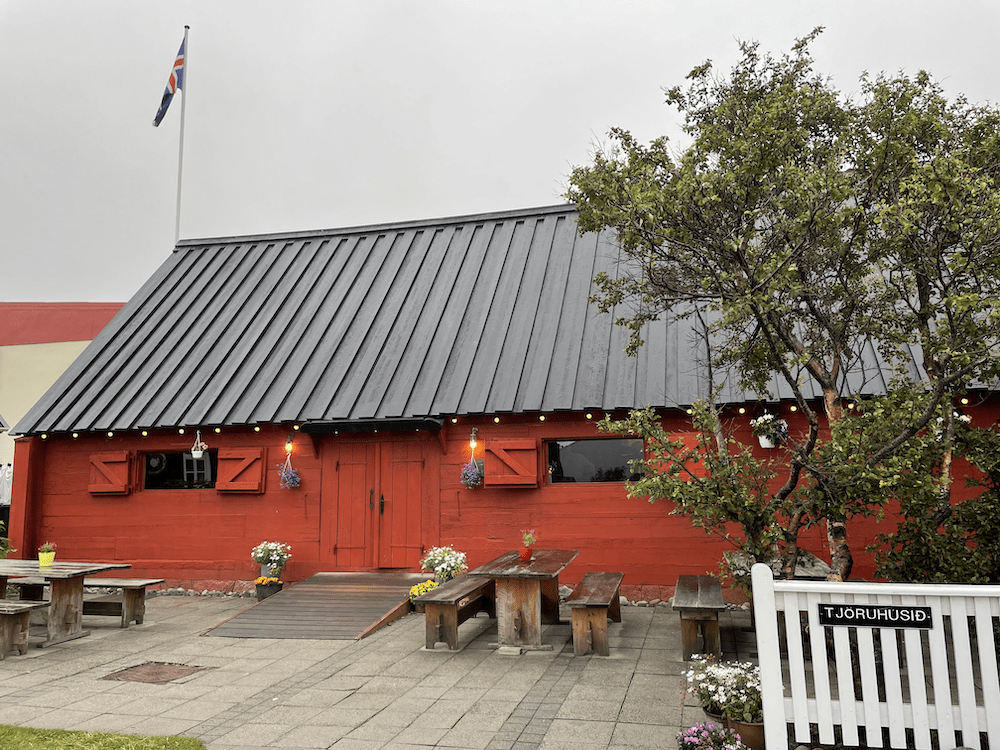
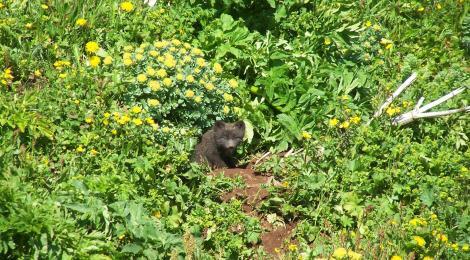
Discovering the empire of the Arctic fox
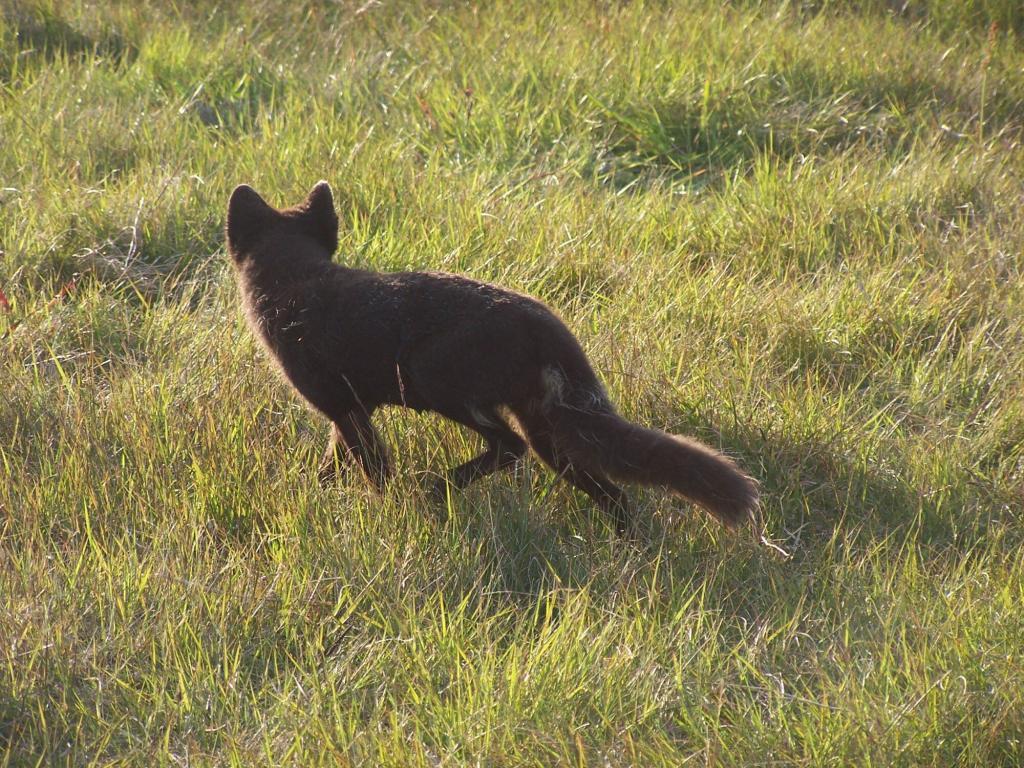
Foxes are clever, we were not
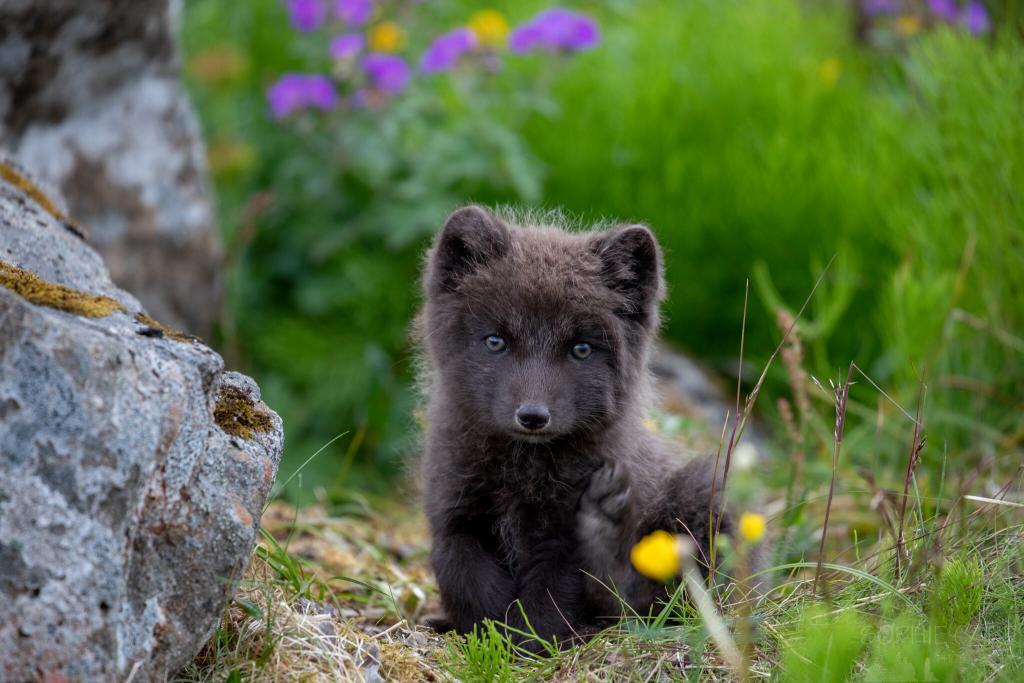
Hey Sölvi, thank you for taking the time to do this interview. Can you introduce yourself and tell us about your role at Visit Westfjords? What inspired you to take on this role?
I was born and raised in Kópavogur in the capital region of Iceland. Most of my working life has been dedicated to traveling, from guiding and planning tours to writing safety management plans. When Covid hit, my family and I moved from the south to the Westfjords, settling in Bolungarvík, where we have lived for the last four years.

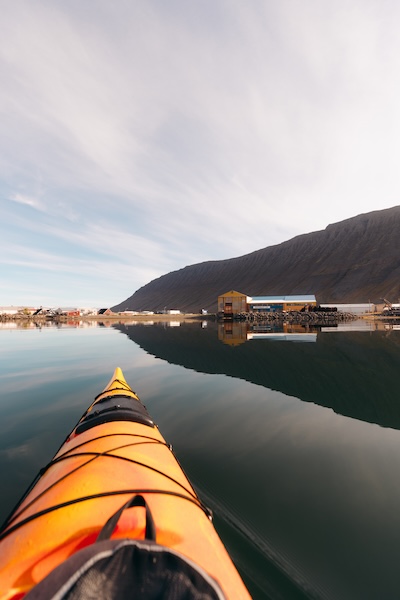
The Westfjords are emerging as a notable traveling destination in Iceland and globally, and I feel both lucky and privileged to contribute to the development and promotion of this magnificent region. It is just perfect to slow travel in the Westfjords.
Subscribe to my newsletter for exclusive discount codes that will give you savings on 150 Iceland tours and travel services.
Subscribe to the Stuck in Iceland newsletterReceive exclusive promo codes for tours, car rental, camper van rental, and outdoor clothing rental. Get occasional updates about new content. I will never give your data to a third party without consent.
Thank you
Jon Heidar, Editor of Stuck in Iceland Travel Magazine

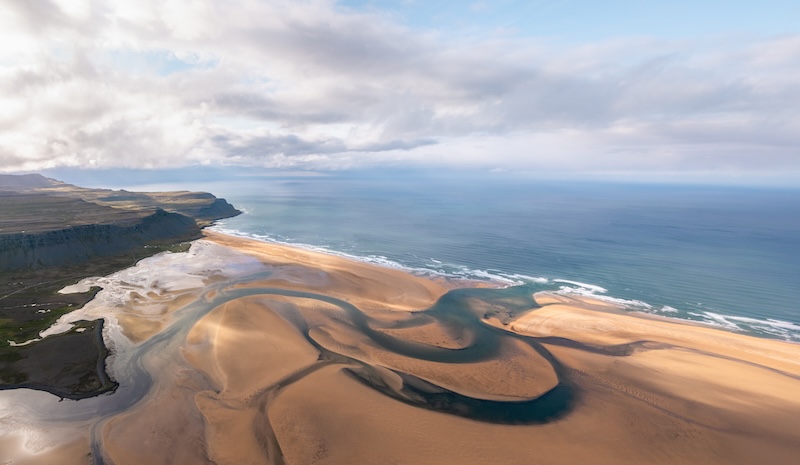
The Westfjords are known for their stunning, unspoiled landscapes. What conservation efforts are in place to maintain this pristine environment amid growing interest from travelers?
How can visitors to the Westfjords best ensure their travel has the most negligible impact on the fragile environment and wildlife?
Keep in mind the principle of leaving no trace. The Westfjords are a big region with many uninhabited areas, so there might be no waste disposal nearby. Take garbage with you, respect the wildlife, and be considerate to other people. Leave what you find. Don’t take that rock or that natural object. Instead, take a photo and leave with a happy memory of a beautiful trip to the fantastic Westfjords.
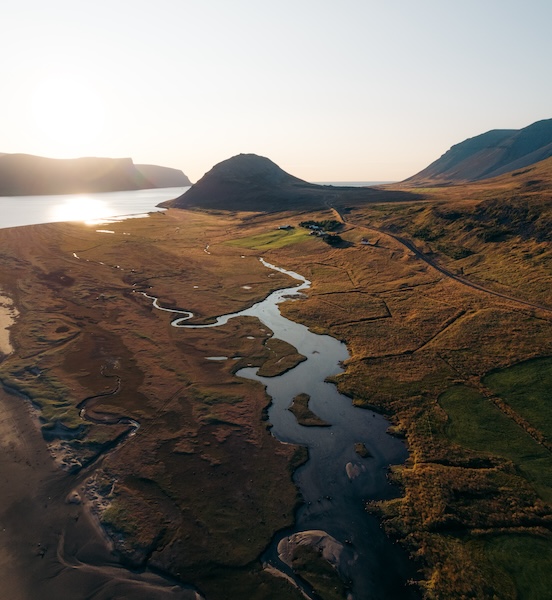
Could you highlight some cultural aspects of the Westfjords that you wish more people knew about?
There is all you need to slow travel in the Westfjords
Many who visit the Westfjords are astonished at the level of services available. We have everything needed despite having a population of around 7.500. It’s also our fortune and luck to be at a convenient distance from the capital area, as we’ve always had to be self-sufficient with our own vibrant cultural life. Speaking of the cultural scene, we can mention music education and world-class music events. Music festivals like Aldrei fór ég suður and Við Djúpið in Ísafjörður, as well as the International Piano Festival in Patreksfjörður, are truly worth visiting!
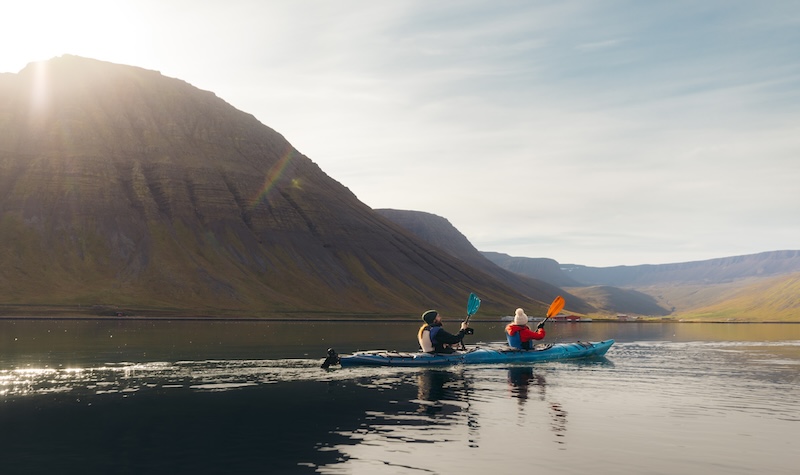
What are your favorite spots and activities in the Westfjords?
There are so many great spots in the region. I am always amazed by the beauty of Árnseshreppur; words can barely describe it. The area is so unreal and unique, with rugged and raw landscapes in the region like Reykjaneshyrna and Drangaskörð, abandoned herring factories, and small towns of Norðurfjörður and Djúpavík which are each one kind.
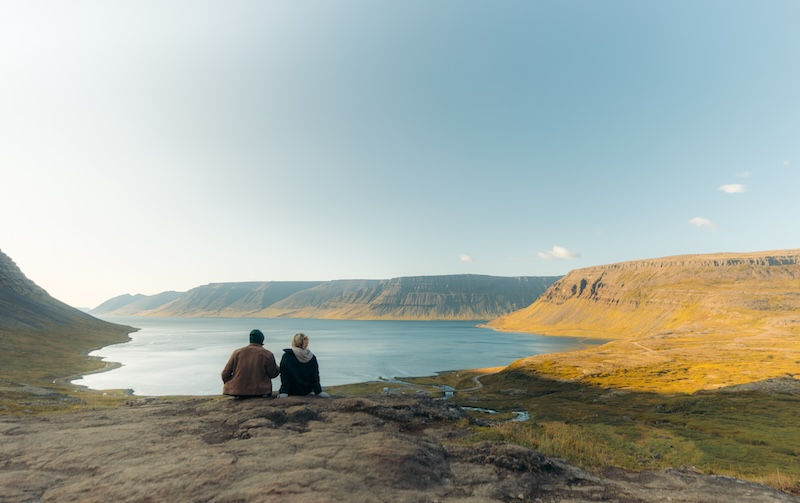
I have always loved the outdoors and being active. Westfjords are, therefore, the perfect playground for me. I can’t pinpoint one activity since it can also be seasonal. I love snowboarding or cross-country skiing in the region during winter. During summer, I cycle, hike, paddleboard, or sea kayak.
Finally, what advice do you have for those who want to experience slow travel in Westfjords?
Slow travel is the key. If you really want to experience the Westfjords, you need to take your time. Geographically and culturally, the region is large and diverse. The people, stories, and landscape vary depending on which area of the Westfjords you visit.
Slow travel in the Westfjords - discover this incredible region


